High Frequency Switching Power Supply IGBT Rectifier
In the ever-evolving field of power electronics, the high frequency switching power supply IGBT rectifier stands out as a critical innovation. This technology combines the advantages of high-frequency operation with the efficiency and robustness of Insulated Gate Bipolar Transistors (IGBTs) to deliver superior performance in various applications. This article delves into the intricacies of high frequency switching power supply IGBT rectifiers, exploring their design, functionality, benefits, and applications.

High frequency switching power supplies are a type of power supply that uses high-frequency switching to convert electrical power efficiently. These power supplies operate at frequencies ranging from several kilohertz (kHz) to several megahertz (MHz), which significantly reduces the size and weight of the components compared to traditional low-frequency power supplies.
Key Components and Operation
The primary components of a high frequency switching power supply include:
Switching Transistors: These are typically IGBTs or MOSFETs, chosen for their efficiency and fast switching capabilities.
Transformers and Inductors: High-frequency operation allows for smaller and lighter magnetic components.
Rectifiers: These convert AC to DC with high efficiency.
Control Circuitry: Ensures precise regulation of output voltage and current.
The operation involves rapid switching of the transistors, which modulates the input power and transfers it through a transformer. This process significantly minimizes energy loss, enhancing overall efficiency.
Role of IGBT in Rectifiers
IGBTs are semiconductor devices that combine the high-speed switching of MOSFETs with the high voltage and current handling capabilities of bipolar transistors. This unique combination makes IGBTs ideal for high frequency switching power supplies.
Advantages of Using IGBTs
High Efficiency: IGBTs reduce conduction and switching losses, which is crucial for maintaining efficiency at high frequencies.
Thermal Performance: They handle higher temperatures, which extends the lifespan of the power supply.
High Voltage and Current Capabilities: IGBTs can manage high power levels, making them suitable for industrial applications.
IGBT Rectifier Design Considerations
Designing an IGBT rectifier involves several considerations:
Thermal Management: Effective cooling systems are essential to manage the heat generated during operation.
Switching Frequency Optimization: Balancing frequency with efficiency and component stress.
Protection Mechanisms: Incorporating over-voltage, over-current, and thermal protection to ensure reliability.
Benefits of High Frequency Switching Power Supply IGBT Rectifiers
High frequency switching power supply rectifiers offer numerous benefits that make them superior to traditional rectifiers:
Compact Size and Lightweight: High-frequency operation reduces the size of magnetic components, leading to more compact designs.
Enhanced Efficiency: Reduced switching and conduction losses lead to higher efficiency and lower energy costs.
Better Performance in High-Power Applications: IGBTs handle high power levels effectively, making them ideal for industrial and commercial uses.
Further reading:How do Liner Dampers Work?
10 Reasons Why Landscape Architects Love Our Lighting Products
What is difference between offline UPS and online UPS?
The best UPS battery backup for PC gaming in 2023
Advantages of Flexible Metal Conduit in Electrical Wiring
What’s the Difference between Start Stop Car Batteries & Normal Batteries?
What are the pros and cons of glass insulators?
Improved Power Density: High power density allows for more powerful systems in smaller packages.
Reduced Electromagnetic Interference (EMI): Proper design can mitigate EMI issues, which are prevalent at high frequencies.
Applications of High Frequency Switching Power Supply IGBT Rectifiers
These rectifiers are versatile and find applications across various industries due to their high efficiency, reliability, and compact size. Some key applications include:
Industrial Automation
In industrial automation, the demand for reliable and efficient power supplies is critical. High frequency switching power supply IGBT rectifiers provide the necessary performance for controlling and powering machinery, robotics, and other automated systems.
Renewable Energy Systems
Renewable energy systems, such as solar and wind power, benefit greatly from these rectifiers. They ensure efficient conversion and regulation of power generated from renewable sources, enhancing the overall system efficiency.
Electric Vehicles (EVs)
Electric vehicles require efficient and compact power supplies for battery charging and power conversion. High frequency switching electroplating power supply correctly meet these requirements, contributing to longer battery life and better vehicle performance.
Telecommunications
Telecommunications infrastructure relies on efficient power supplies to ensure uninterrupted operation of equipment. High frequency switching power supply IGBT rectifiers provide reliable power conversion and regulation, essential for maintaining network uptime.
Medical Equipment
Medical devices demand high reliability and precision in power supply. These rectifiers deliver stable and efficient power, which is crucial for the proper functioning of sensitive medical equipment.
Design and Implementation Strategies
To fully leverage the advantages of high frequency switching power supply IGBT rectifiers, specific design and implementation strategies must be followed:
Optimized Circuit Design
Circuit design must focus on minimizing losses and managing heat. This involves careful selection of components and layout optimization to reduce parasitic inductance and capacitance, which can affect performance at high frequencies.
Advanced Control Techniques
Implementing advanced control techniques, such as pulse-width modulation (PWM) and digital control, enhances the precision and efficiency of power conversion. These techniques allow for dynamic adjustment of operating parameters to optimize performance.
Thermal Management Solutions
Effective thermal management is critical. This can be achieved through heatsinks, forced air cooling, or liquid cooling systems, depending on the power levels involved. Ensuring efficient heat dissipation prolongs the lifespan of the components.
EMI Mitigation
High frequency operation can lead to EMI issues. Proper shielding, filtering, and layout techniques must be employed to minimize EMI and ensure compliance with regulatory standards.
Future Trends in High Frequency Switching Power Supply IGBT Rectifiers
The future of high frequency switching power supply IGBT rectifiers is promising, with ongoing advancements expected to further enhance their performance and application scope. Some emerging trends include:
Wide Bandgap Semiconductors
Materials like silicon carbide (SiC) and gallium nitride (GaN) offer superior performance compared to traditional silicon IGBTs. These wide bandgap semiconductors can handle higher voltages, frequencies, and temperatures, paving the way for even more efficient and compact power supplies.
Integration with Smart Grids
The integration of these rectifiers with smart grid technology can optimize power distribution and management, leading to more efficient and reliable power systems. This integration supports the growing demand for renewable energy and grid stability.
Enhanced Digital Control
Advances in digital control technologies will enable more precise and adaptive control of power supplies. This can lead to further improvements in efficiency, reliability, and performance.
Sustainable and Eco-Friendly Designs
With a growing focus on sustainability, future designs will likely emphasize eco-friendly materials and processes. This includes the use of recyclable components and energy-efficient manufacturing techniques.
In conclusion, high frequency switching power supply IGBT rectifiers represent a significant advancement in power electronics. Their efficiency, compact size, and versatility make them essential in various applications, from industrial automation to renewable energy systems. As technology continues to evolve, these rectifiers will play a crucial role in shaping the future of power conversion and management.
Further reading:How to choose the LCD splicing screen and LED splicing display screen?
How to Choose Right Printed Circuit Board (PCB)?
What operating systems are supported by Rockchip SOM?
Benefits of Using an Automotive Start-Stop Battery
Benefits of Choosing ARM Embedded Rockchip SOM
How to choose LED panels?
How Do Variable Message Signs Work?
Previous: Advantages of Battery Assembly Lines
Related Articles
If you are interested in sending in a Guest Blogger Submission,welcome to write for us!


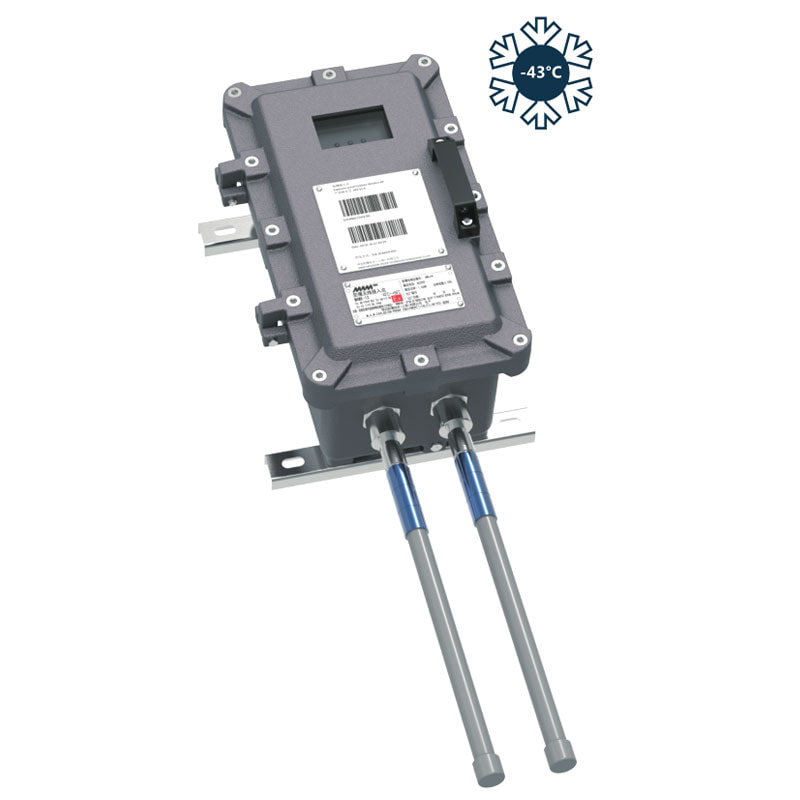
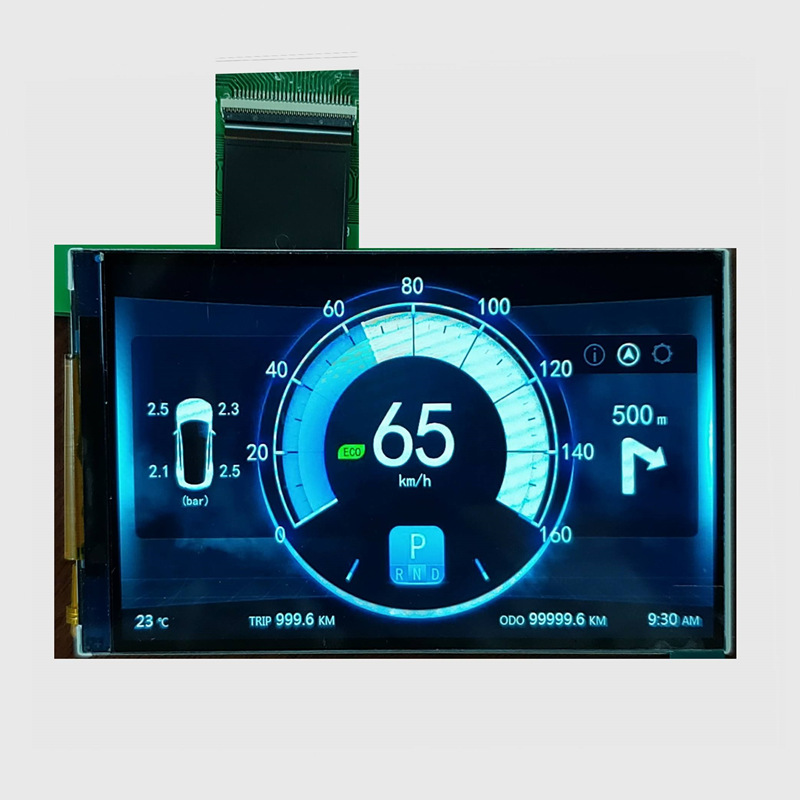

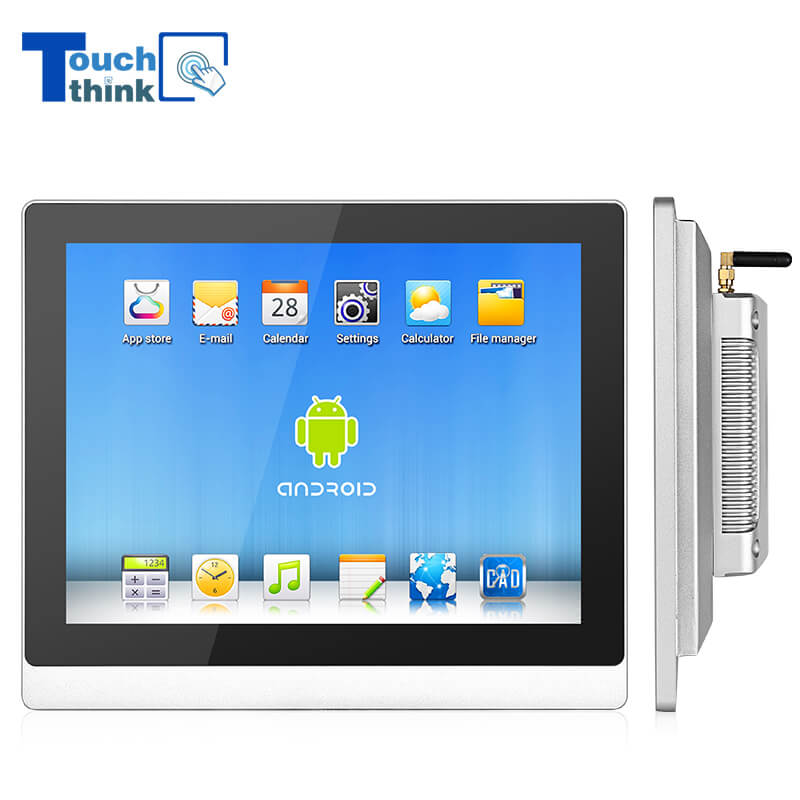
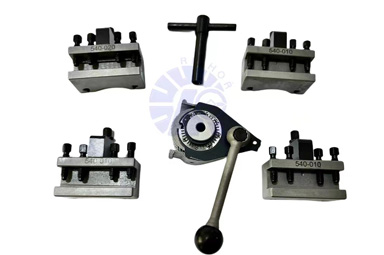
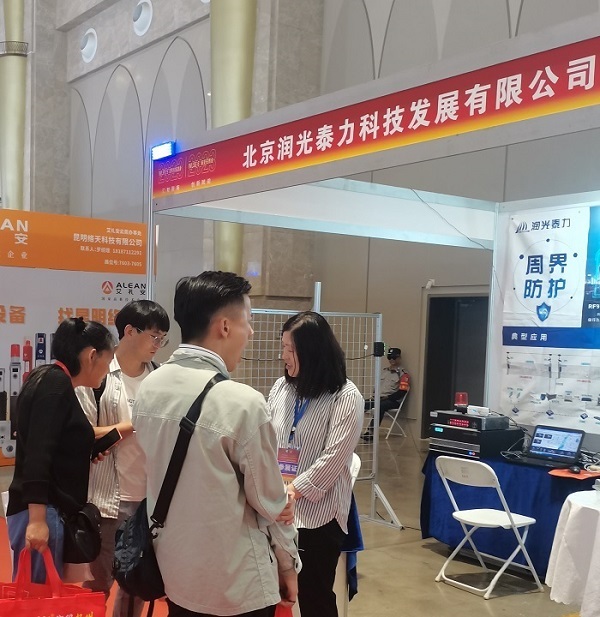
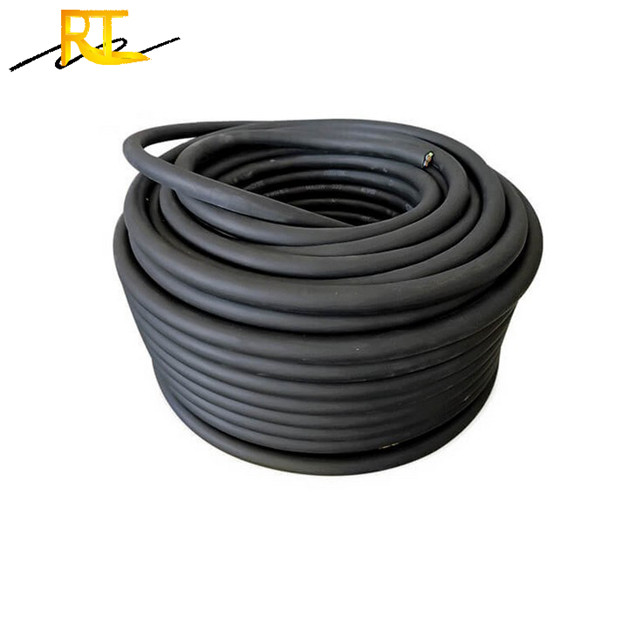
Comments
0